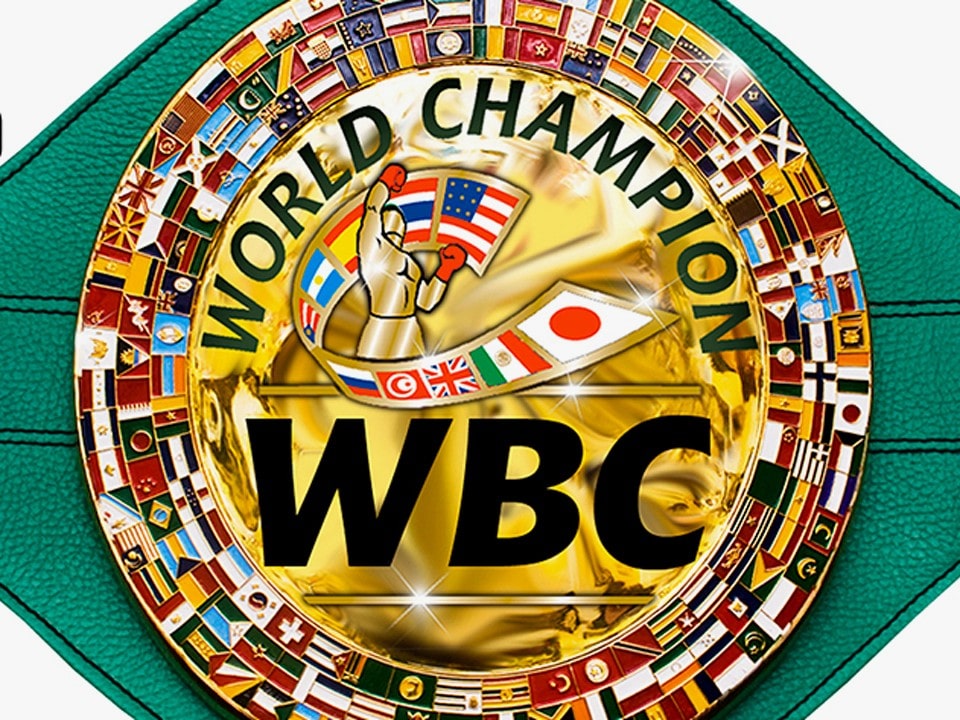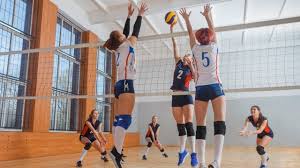
Kendo is one of Japan’s traditional martial arts, and when practicing it, an understanding of etiquette and basic flow is essential.
In this article, we will explain in detail the etiquette of Kendo and the flow of its training, for beginners who have just started Kendo and for advanced practitioners who want to reaffirm the basics.
Etiquette symbolizes the spirit of Kendo and plays an important role in maintaining the correct posture and mindset during practice and competition.
Also, understanding the basic flow of Kendo is essential not only to improve your technique, but also to show courtesy and respect in Kendo.
Through this article, you will deepen your basic knowledge of the etiquette and flow of kendo, and you will be able to make use of that spirit in your training and competitions.
目次
- 1 [Fundamentals of Kendo] Kendo etiquette – Basic respect and manners
- 2 Flow of Kendo – Master the series of training processes
- 3 Frequently Asked Questions – About the etiquette and flow of Kendo
- 4 summary
[Fundamentals of Kendo] Kendo etiquette – Basic respect and manners
Etiquette in Kendo is not just a formality, but an expression of a swordsman’s attitude, respect, and manners.
These are the most basic elements in learning Kendo, and are deeply involved not only in improving Kendo techniques, but also in character development.
The significance and importance of etiquette
Kendo etiquette is essential for showing respect to your opponent and for calming your own mind.
Through etiquette, we foster respect for others and ourselves, and encourage spiritual growth.
By practicing proper etiquette during practice and competitions, you can build a relationship of trust with your opponent and safely hone your skills.
Correct way to stand and sit
In Kendo, there are also etiquettes for how to stand. Basically, you are required to stand with your legs slightly apart, maintain a natural posture, and keep your back straight.
The basic way to sit is to sit straight. If you are sitting directly on the floor, sit with your feet together behind you, lower your hips, and keep your back straight.
These postures also reflect the spirit of Kendo, which emphasizes the importance of always keeping one’s mind calm and focused.
How to greet before and after the start of practice
Greetings before and after the start of practice are a particularly important part of Kendo etiquette. When greeting before the start of a class, first bow to the altar or portrait in the dojo while sitting in a seiza position, and then bow to the instructor and the other person.
At this time, it is important to remain calm and respectful.
At the end of the practice, students bow in the same way to the altar, portrait, instructor, and fellow students who participated in the practice.
This greeting is used to express gratitude and respect for learning and growing together.
Practicing Kendo etiquette is more than just memorizing manners.
This is an essential element for growth in both the “spirit” and “techniques” learned through Kendo, and is refined through daily practice.

Flow of Kendo – Master the series of training processes
Kendo training begins with basic striking techniques, and progresses step by step through the acquisition of applied techniques, face-to-face training, and preparation for competitions.
By understanding and practicing this series of processes, you will not only improve your Kendo techniques, but also your spiritual growth.
Basic hitting techniques and applied techniques
The basics of Kendo begin with correct posture and strike technique. Basic techniques include men-uchi, kote-uchi, todo-uchi, and tsuki, and it is important to be able to execute these techniques accurately and powerfully.
After mastering the basic techniques, you can move on to techniques that apply these techniques and continuous techniques.
Applied techniques require the flexibility to change techniques according to the opponent’s movements and the ability to judge the situation.
Flow and points of face-to-face training
Face-to-face training is an important training method that allows you to hone your skills by actually facing your opponent. Before we begin face-to-face practice, we bow to each other and show respect. During practice, you will learn the balance between offense and defense by experiencing the positions of both the attacking and defending sides.
The key is to read your opponent’s movements and execute your techniques accurately and at the right time.
In addition, face-to-face training trains not only physical strength but also mental endurance, so it is important to maintain concentration.
Preparing for the match – mindset and technique
Preparing for a match is done both technically and mentally.
Technically, we will hone basic and applied techniques, and improve reading and reaction speed developed through face-to-face training.
Mentally, it is important to have the right mindset to overcome anxiety and nervousness about the match.
Preparation for the game includes having confidence, being flexible enough to turn losses into lessons, and most of all, enjoying the game.
Through the process of Kendo training, a swordsman develops not only technique, but also etiquette, respect, and spiritual growth.
By accumulating what you have learned at each stage of training and putting it into practice, you will be able to get closer to the essence of Kendo.

Frequently Asked Questions – About the etiquette and flow of Kendo
During the process of learning Kendo, questions and concerns about etiquette and the flow of training may arise.
Here, we will introduce common questions and answers, as well as concerns and solutions.
We hope that this information will help you deepen and enrich your Kendo training.
Frequently asked questions and answers regarding etiquette
Q1: How should I learn etiquette?
A1: The basic form of etiquette is learned from the instructor at the beginning of Kendo practice, but in order to deepen understanding, it is essential to practice it in daily practice. It is also important to observe the behavior of your senior swordsmen and follow them as an example.
Q2: Should I look people in the eye when greeting someone?
A2: In Kendo, it is recommended to look people in the eyes when greeting others to show respect. This also helps build relationships of trust.
Q3: I have difficulty sitting straight for long periods of time. What should I do?
A3: Seiza may be painful if you are not used to it, but you will gradually get used to it by practicing on a daily basis. It is best to start with a short time and gradually increase the time.
Common problems and solutions during practice
Q1: I’m having trouble improving my basic skills, what should I do?
A1: To improve your basic skills, it is important to practice repeatedly while being aware of correct posture and movements. It is also effective to perform self-analysis, such as by recording a video of your movements and looking back on them.
Q2: What can I do to maintain concentration during practice?
A2: In order to maintain concentration during practice, warm-up exercises and mental preparation before practice are important. Also, by concentrating on each movement and concentrating on the moment, your concentration will naturally increase.
Q3: I get nervous during face-to-face practice, how should I deal with it?
A3: It is natural to feel nervous during face-to-face rehearsals. When you feel nervous, remember to take deep breaths and calm yourself down. Also, as you practice more and more, your nervousness will gradually fade and you will be able to respond with confidence.
Questions and concerns that arise in Kendo etiquette and practice are often resolved through accumulated experience.
Accepting advice from instructors and senior swordsmen and working hard at daily practice will be the key to a deep understanding of Kendo and lead to personal growth.

summary
The etiquette and training process in Kendo is much more than simply learning techniques.
Through etiquette, swordsmen learn to respect others and how to regulate their own minds.
This can be an important lesson not only in Kendo but also in everyday life. The basic ways of standing, sitting, and greetings are the basic but most important parts of kendo, and by performing them correctly, you can get closer to the essence of kendo.
The training process begins with learning basic techniques, progresses to applied techniques, face-to-face practice, and preparation for competitions.
In this process, the swordsman not only improves technically, but also grows spiritually.
Face-to-face training and competitions require you to overcome tension and pressure, but these experiences will help you gain confidence and help you grow as a swordsman.
Frequently asked questions and answers about Kendo will help you solve your problems with etiquette and training, and gain a deeper understanding.
The answers to these questions, such as how difficult it is to learn basic techniques, how to maintain concentration during practice, and how to deal with tension during face-to-face practice, will provide reassuring guidelines for continuing Kendo.
Learning Kendo is not only about improving your technique, but it is also deeply related to your growth as a person.
Through a series of processes of practicing etiquette and training, swordsmen aim to improve themselves and embody the spirit of Kendo.
This journey is by no means easy, but with daily effort and practice, you will be able to experience the essence of Kendo.





